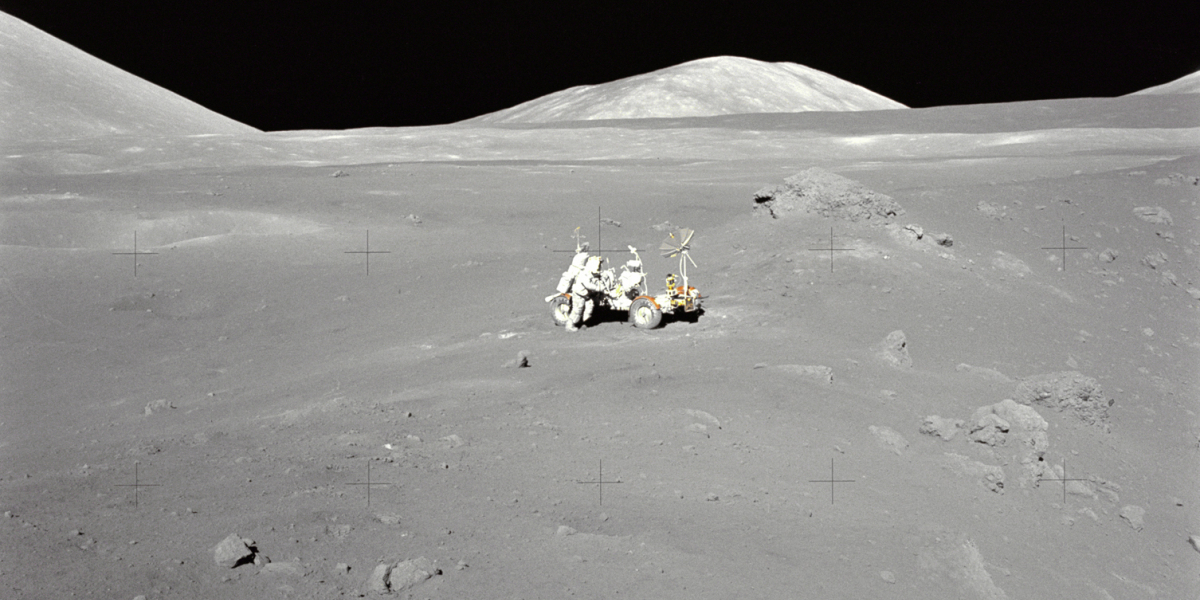Moon Dust: Labconco in the News

What’s the coolest place to plant the American flag and hit a couple golf balls? If you could ask Buzz Aldrin and Alan B. Sheppard, respectively, the two famous pioneers of the cosmos would probably have the same answer: the moon.
What Aldrin and Sheppard encountered as they bounded about on the rarely-traveled celestial surface was surely a feeling of awe and supreme accomplishment—and, as scientists are learning today, maybe even some highly-toxic lunar dust.
When Apollo 17 made moon-fall in 1972, one astronaut reportedly felt ill after unintentionally inhaling some lunar dust that found its way into the spacecraft post-exploration. Today, scientists know more about the substance. For starters, moon dust is largely made up of tiny, microscopic grains of the moon’s surface—the result of micrometeorite dings. The particles aren’t just small; they’re also electrically charged enough to actually float inches above the moon’s surface, sharp enough to slice a lung if inhaled, and toxic to human cells.
Just how toxic? That’s what researchers from Stony Brook University in New York set out to learn. Using equipment—including Labconco’s very own vacuum desiccator that protected the samples from contaminating terrestrial moisture—the team recreated lunar soil in three varying degrees of graininess and studied its effects on humans. The results? Each of the three—from the large, hair-follicle-sized to the microscopic, nanoparticle sized—caused brain and lung cells to deteriorate and die. In some cases, the DNA was impacted such that it could even lead to cancer or other diseases—a fate akin to that suffered by many exposed to another toxic and more familiar nanoparticle: asbestos.
NASA isn’t oblivious to the hazards of moon dust—which, by the way, not only can cause bodily harm but can also clog critical scientific and transportation equipment. They’re currently testing electrodynamic dust shields on the international space station that are designed to repel the toxic lunar soil. You can read more about their work.
Did You Know?
These Labconco products are designed for working with tiny, oft-hazardous nanoparticles like those found on the surface of the moon:
XPert Nano Enclosures: Protects the user from inhaling toxic nanomaterials
Protector ULPA Filtered Glove Boxes: Protects the user from nanomaterials in a controlled environment
FreeZone Freeze Dryers: Preserves lyophilized nanomaterial samples
Vacuum Desiccator: Protects stored nanomaterials from moisture contamination
| chevron_left | Kansas City Art Institute unveils Labconco History Mural | News | Labconco Equipment Used to Speed Up Drug Discovery | chevron_right |






